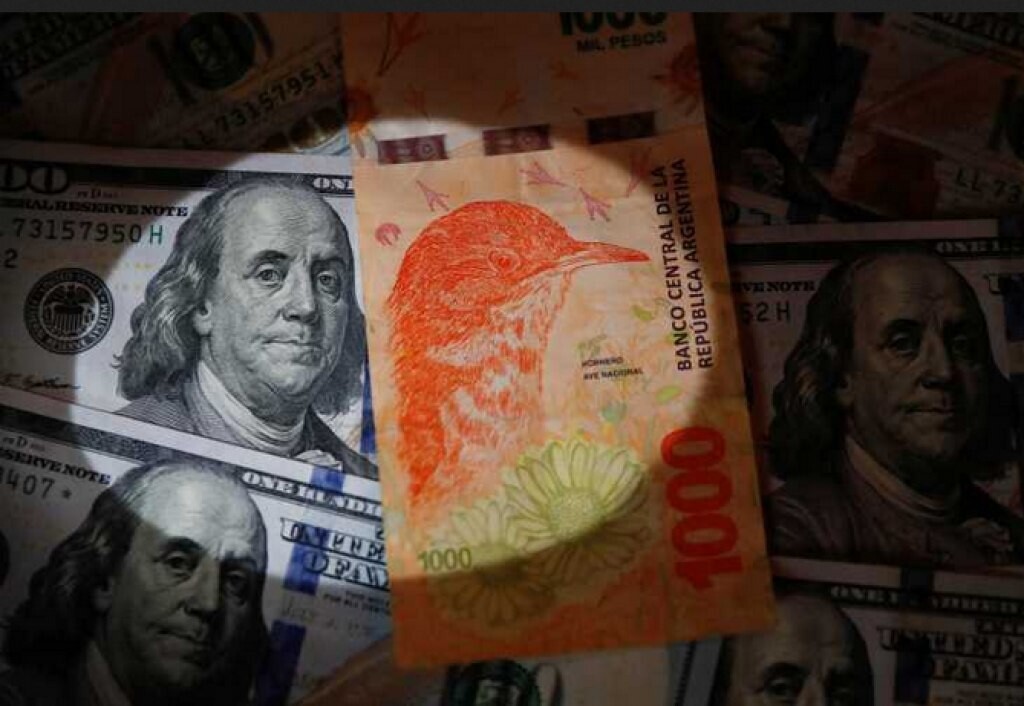
The government intervened to prevent the dollar from holding its initial fall after elections, where it was speculated that Argentina's Treasury was buying dollars to accumulate reserves and that the U.S. Treasury was unwinding its position. The accumulation will come from debt issuances and a new Treasury bond (Bonte), and it will be necessary to see when direct foreign investment materializes. In addition, an adjustment based on inflation in the bands (1.95% domestic minus 0.25% international) is expected, which will move the quotations.
The CER Curve "For managing pesos, we prefer the CER curve. With implicit inflation rates relatively in line with our estimates, we lean towards the middle part of that curve for those seeking liquidity in pesos," a brochure distributed among its clients in the morning by one of the largest ALyC states. In particular, we believe the TZX26 could benefit from a compression of short-term rates as we approach its maturity. It is a national public bond issued in pesos, indexed by CER with a Zero Coupon on June 30, 2026. Its technical value is 322.71 pesos, and it currently trades at $302.50, representing a parity of 93.74%. Its current YTM is 10.44% annual + CER. If purchased immediately, it should be noted that the next interest payment date is 11/09/2025, in 6 days, with a coupon cut-off on 11/07/2025. It will pay 569.501 pesos in principal and 17.085 pesos in interest for every 100 residual nominal values, equivalent to 35.17% of its current quoted value.
"Hard currency" in a weakening framework Regarding the currency, those with a brokerage account are told that, before DLs, they prefer the Bonds for the Reconstruction of a Free Argentina (Bopreal), which were intended for importers, trade in the secondary market, and can be applied to tax and customs obligations. Series 1 operates with rates between 9.5% and 5.5%, while Series 3 yields 6.7%. The new series (4) operates with higher yields of 10%. All these arguments make them more attractive than DLs, as synthetics have compressed significantly, making these values unattractive.
Dollar bonds have resurged with the officialist victory. That Javier Milei's government has won the elections does not imply that the previous exchange rate volatility has been fully clarified: the dollar has not finished its plummet, nor have rates fallen as they were pushed to curb the dollarization flow, nor has the abrupt drop in country risk prevented the market from facing Minister Luis Caputo again. The tug-of-war persists, not suitable for novices. Fixed-term peso deposits maturing for those who had placed them are in doubt whether to renew them with a Banco Nación reference Nominal Annual Rate (TNA) that "fell from 44% to 35%", although some entities, like Banco Meridian and Crédito Regional Compañía Financiera, still currently offer a higher yield, close to 46% annually. Even so, they remain positive when compared to an inflation rate that, in the worst-case scenario, could be barely above 2% monthly. "With real rates around 9% and fixed rates close to 30%, we do not see them attractive, given that the risks of an exchange rate liberalization outweigh the potential upside from rate compression," is the expert opinion.
The dollar is at a standstill as the government reaffirmed the bands without raising the ceiling, is in full debt exchange, while it re-accommodates reserves and covers pre-election dollar interventions with advanced harvest sales, which together with the participation of the U.S. Treasury prevented a larger increase.
Dollar Retention The speculation of part of the market agents is based on the belief that the dollar is going to rise and they retain it. Others postpone purchases waiting for it to fall after these movements. Portfolio operators for small and medium-sized investors, in this context, prefer to advise those with peso positions to get on the CER curve, i.e., to go above inflation, whose slight rebound would place it above the rates that will fall and the dollar that will return to the downward path of the day after the midterm election. The most recommended after the drop in country risk and the normalization of sovereign credit are the Bonar 2038 (AE38) and the 2035 globals (GD35), which yield over 10% annually, with spreads 150 and 200 basis points above previous issuance levels. The GD2041 has appreciated by 20% and pays 8% annually.













